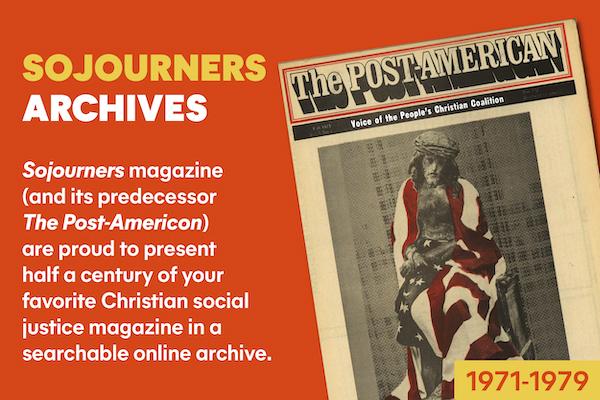It may well be questioned whether the state which preserves its life by settled policy of violation of the conscience of the individual will not in fact lose it in the process. --Justice Harlan Fiske Stone, U.S. Supreme Court, 1919
The federal government found it necessary in 1941 to shift from a class tax to a mass tax. Until 1941, less than ten percent of the population in the U.S.--mainly the upper income level--paid federal income taxes: 14 million of the 132 million people. But the enormous military costs of World War I brought a marked change in federal taxation policy, causing the government to tax a far greater number of lower income citizens. By 1974, 39 percent of the people were federal taxpayers; the Internal Revenue Service received 83 million tax returns from 213 million Americans.
As the nature of modern warfare changes and relies much less on large numbers of soldiers and much more on highly sophisticated and expensive weapons, the war portion of our federal tax payments becomes increasingly crucial to the military system. During World War II, there were 12.2 million men in arms; now there are only 2.1 million. Nevertheless, the potential for inflicting massive destruction accelerates with modern technological warfare. Hiroshima demonstrated that a profound change had occurred in the nature of warfare.
Read the Full Article

